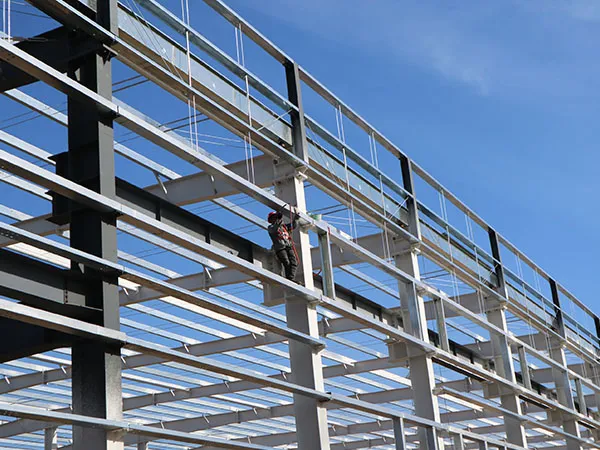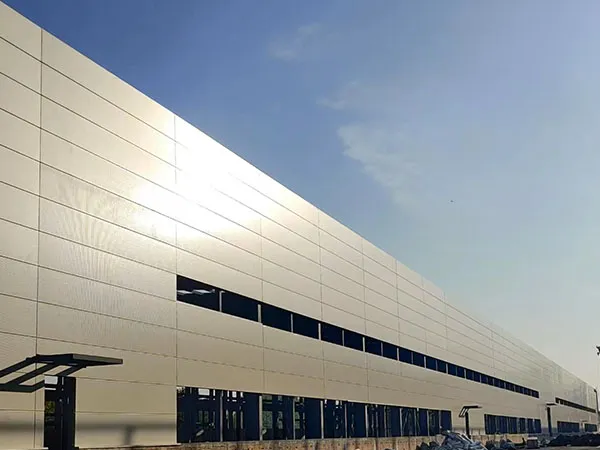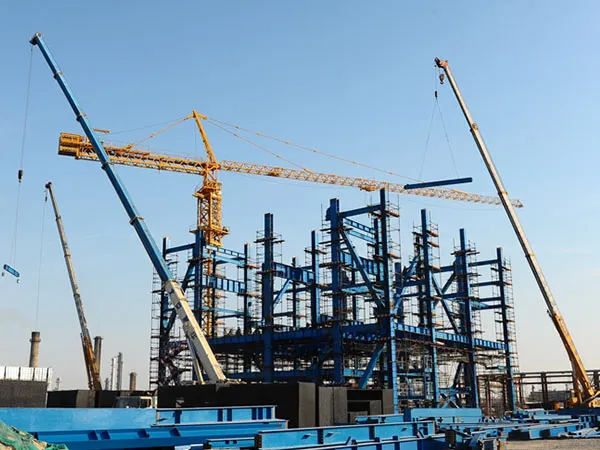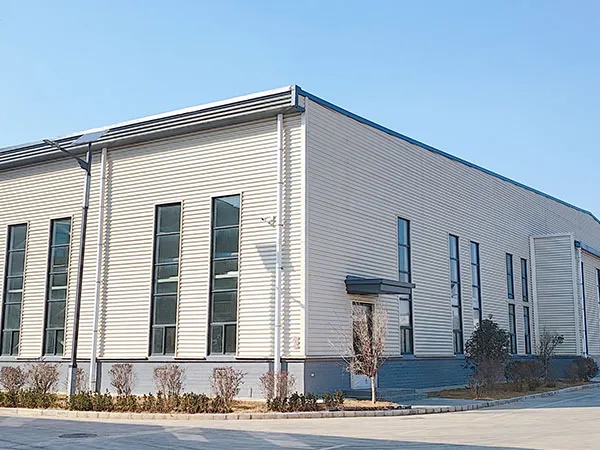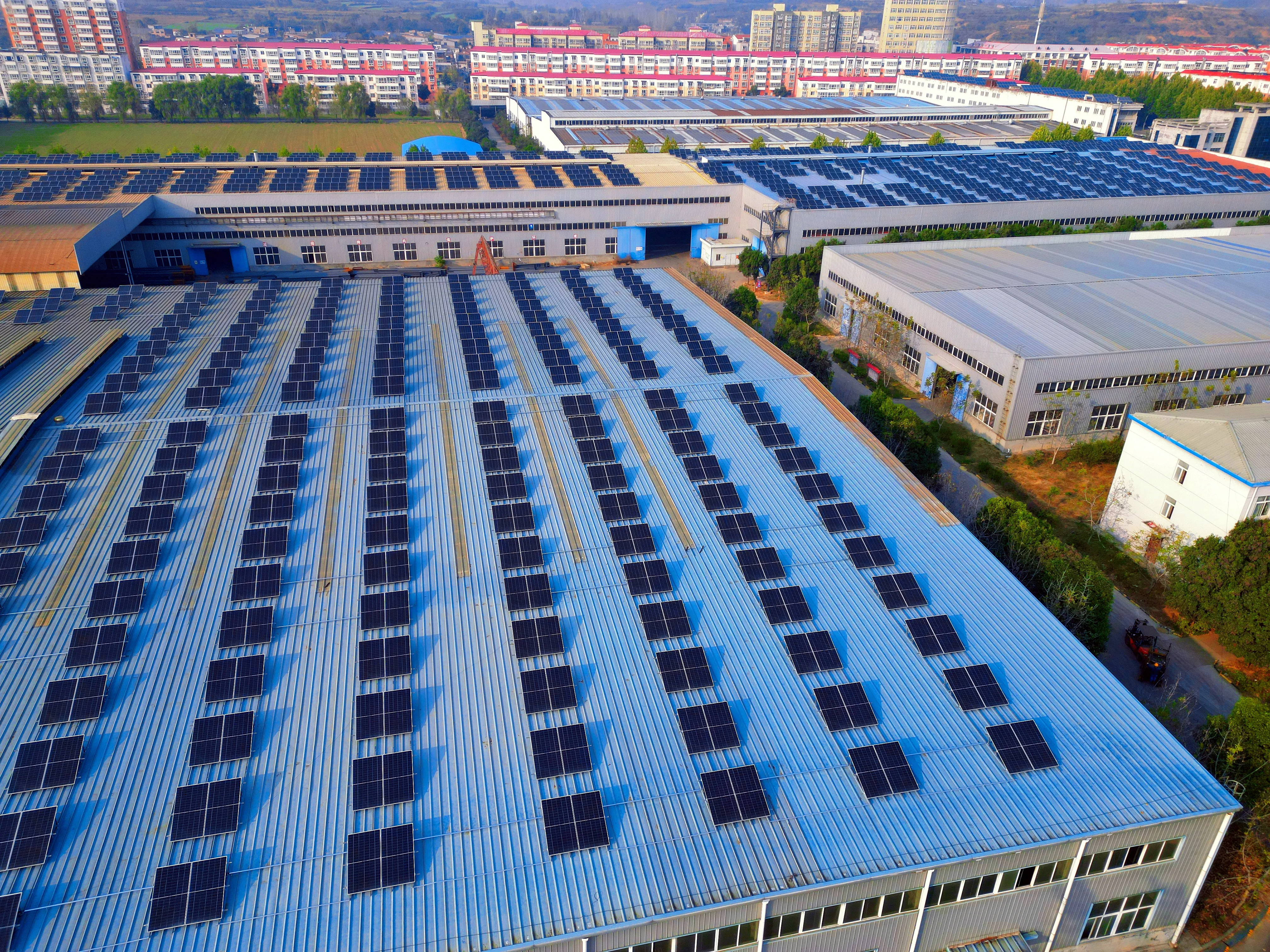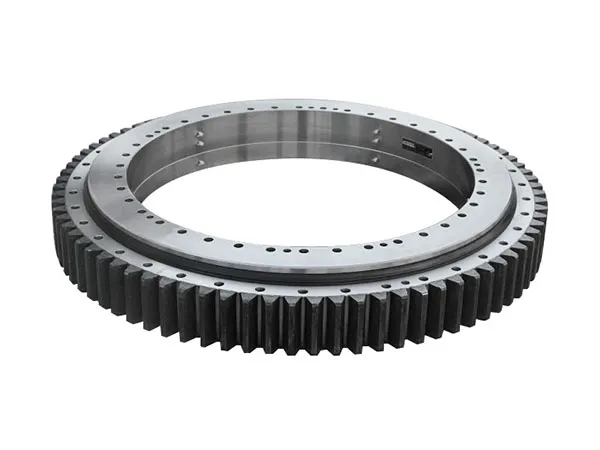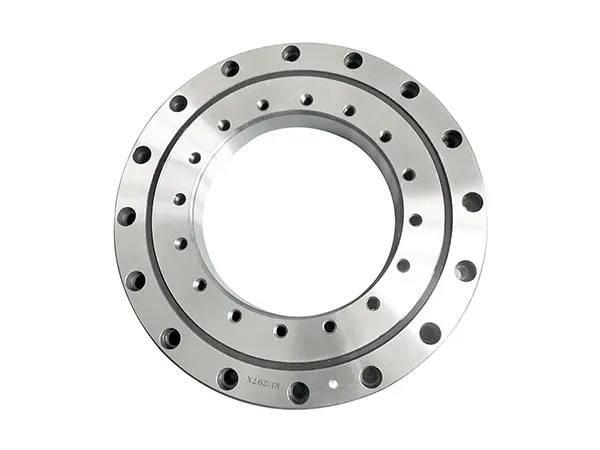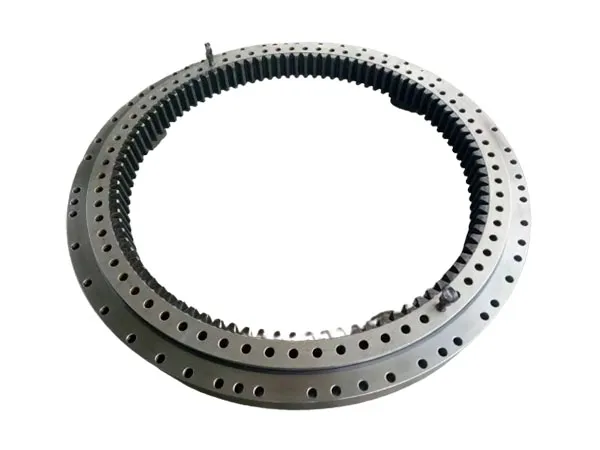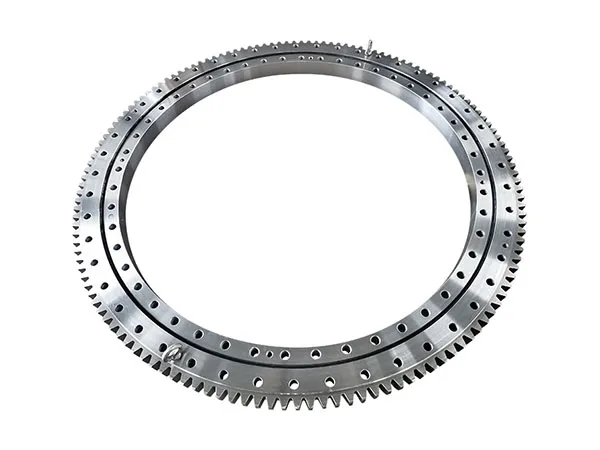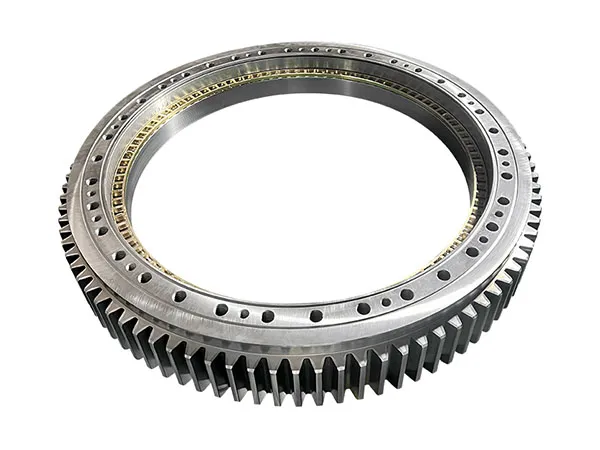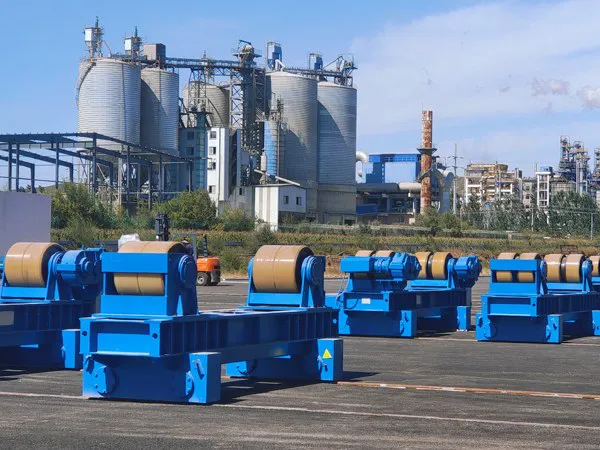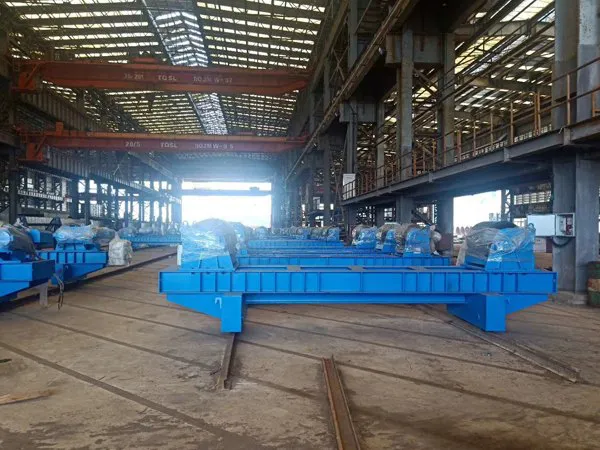Industrial steel structure construction is a highly systematic process used to build facilities like factories, warehouses, power plants, processing facilities, and large-scale workshops. Unlike traditional construction, it relies heavily on prefabrication, where major components are manufactured off-site in a controlled factory environment and then transported to the site for assembly.
Industrial Steel Building Construction Process
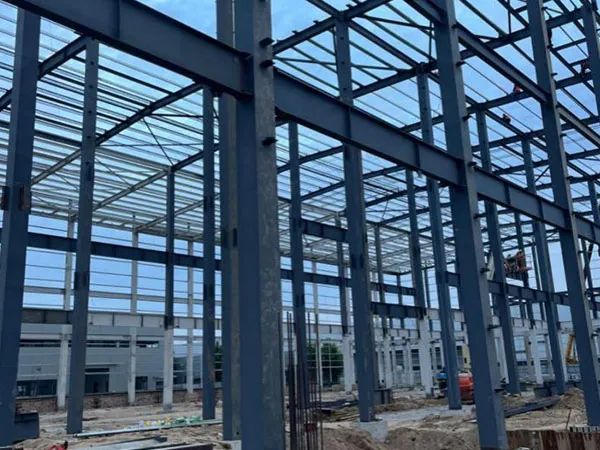
The construction process of an industrial steel structure is a complex and multi-stage endeavor that prioritizes precision, efficiency, and safety.
1. Design and Planning:
Conceptual Design & Feasibility: This initial stage involves understanding the client’s needs, project requirements, and site conditions. Architects and engineers collaborate to develop conceptual designs.
Detailed Design & Engineering: Based on the conceptual design, detailed blueprints, specifications, and structural calculations are created. This includes determining the appropriate steel grades and types, considering load-bearing requirements, environmental factors, and regulatory standards. Computer-Aided Design (CAD) software is extensively used for precise drawings.
Permits and Approvals: Obtaining all necessary permits and approvals from local authorities is a critical step before any physical work begins.
2. Procurement and Material Preparation:
Material Selection & Acquisition: High-quality steel materials (sheets, profiles, coils) are selected and ordered based on the detailed design.
Quality Inspection of Raw Materials: Incoming raw materials undergo strict inspections to verify they meet quality and strength standards, including checks for size, specifications, surface quality, and certification documents.
Material Cutting: Steel is cut to the desired sizes and shapes using various methods such as shearing, sawing, flame cutting, laser cutting, or plasma cutting, often employing CNC (Computer Numerical Control) machines for precision.
Bending and Shaping: Depending on the design, steel components like flanges and webs may be bent or pressed to achieve specific shapes and dimensions.
3. Fabrication (Off-site Manufacturing):
Sub-Assembly/Fitting: Individual steel components (beams, columns, trusses, etc.) are meticulously fitted together and temporarily connected, often using tack welding to hold them in place at the correct angles.
Welding and Joining: The primary method for joining steel components is welding (e.g., MIG, TIG, arc welding). Skilled welders ensure strong and durable connections. Bolting is also used, especially where disassembly or modification might be required. Reinforcing ribs and cleats are also welded.
Straightening: After welding, components may undergo straightening to remove any warping and ensure flatness and accurate edges.
…
For more detailed information about the construction process of industrial steel structure, please click to visit: https://www.meichensteel.com/a/news/industrial-steel-structure-construction-process.html

